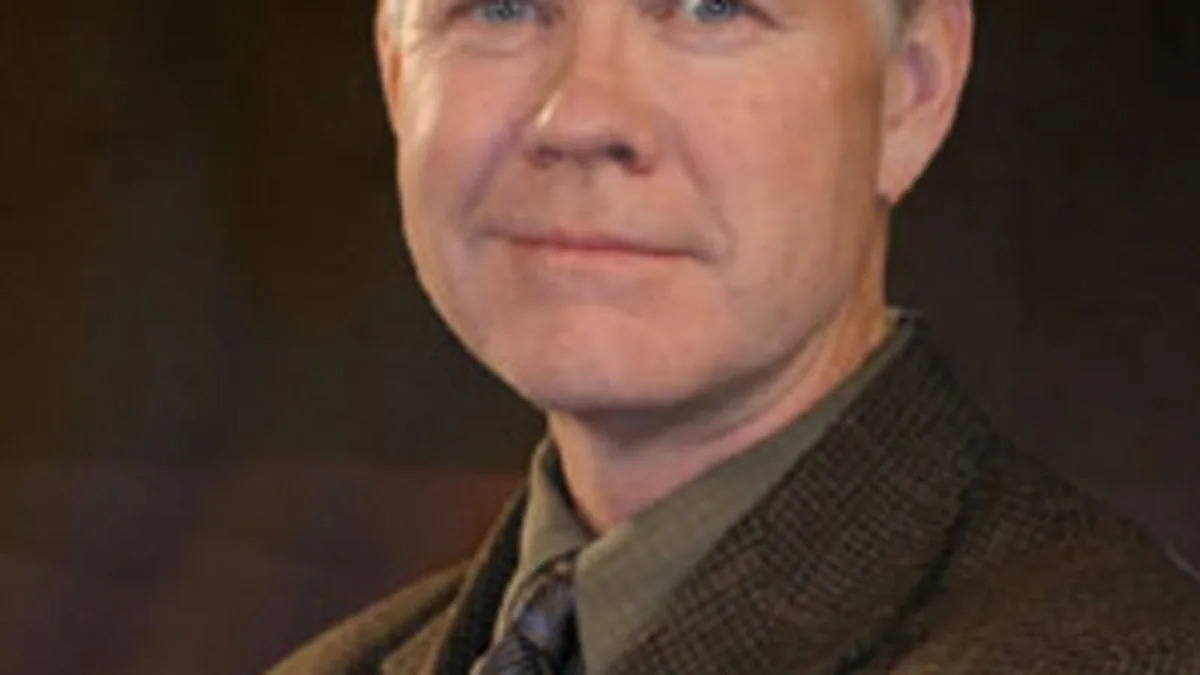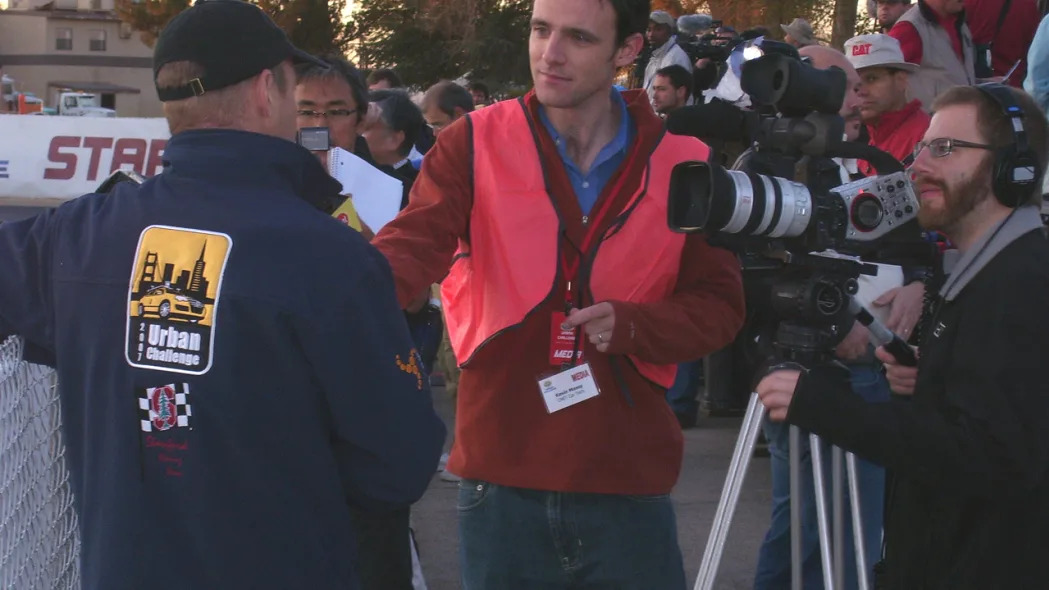The DARPA Urban Challenge wrapped up this past weekend and it has to be one of the most exciting automotive events I've ever attended. There was an electricity in the air. You could feel the energy. It was almost like being at a Formula One race, but with an aura of real importance to it.
I think everyone there realized we were witnessing history in the making, like going to see one of the first flights of the Wright brothers. To me, this race proved beyond a shadow of a doubt that autonomous vehicles (driverless) will be a reality in about another decade.
There have been all kinds of media reports on how Carnegie-Mellon University won the race, followed by Stanford in second and Virginia Tech in third. So rather than re-report what you probably already know, here's some background of what it was like to be there.
Follow the jump for more from John McElroy, and check out his live pics from the DARPA Urban Challenge in the gallery below.
I think everyone there realized we were witnessing history in the making, like going to see one of the first flights of the Wright brothers. To me, this race proved beyond a shadow of a doubt that autonomous vehicles (driverless) will be a reality in about another decade.
There have been all kinds of media reports on how Carnegie-Mellon University won the race, followed by Stanford in second and Virginia Tech in third. So rather than re-report what you probably already know, here's some background of what it was like to be there.
Follow the jump for more from John McElroy, and check out his live pics from the DARPA Urban Challenge in the gallery below.
Live Photos Copyright ©2007 John McElroy / Weblogs, Inc.
First off, it was fascinating to see who showed up. Apple co-founder Steve Wosniak was whizzing around on a Segway. Jayme Hyneman from MythBusters stood out in his black beret doing commentary on the DARPA video feed to the media. Chip Ganassi brought in one of his Target Racing NASCAR trailers to support the Carnegie Mellon University team (he's a huge Pittsburg supporter, home of CMU). Bob Casey, transportation curator for the Henry Ford Museum, was trolling through the pits hoping to convince the winning team to donate their vehicle to the museum.
And there were all kinds of automotive executives. Caterpillar's Chief Technology Officer, Tana Utley. Larry Burns, who runs R&D at General Motors. Jurgen Leohold, executive director of research at the Volkswagen Group. Carl-Thomas Neumann, president of Automotive Systems at Continental AG, the giant German auto supplier. I'm sure there were other "celebrities" in the crowd, but these are the ones I ran into. Oh yeah, I was told one of Google's co-founders was there, but I never saw which one it was.
Another thing that hit me was that the Germans came out in force. There was one small representation of Italians from Parma University, but that was it. No Japanese teams. No Korean or Chinese or French or English or Swedish or anyone else. Other than the Americans, the Germans seem to be the only ones who take this competition seriously.
It was fascinating to talk to the different teams and learn about their strategies. Stanford attacked this as a software competition. Carnegie Mellon viewed it as a systems engineering challenge. MIT figured that sensors and computing power will be cheap in the future, so threw in twice as much as everyone else. Virginia Tech took exactly the opposite tack. It figured that simpler is better. While the interiors of all the other vehicles were crammed full of sensors, buttons, wires, duct work, tie strips, roll-cage and read-outs, the VT car only had a keyboard and monitor-that was it.
Each team bemoaned the fact that this year's event was far more difficult than prior DARPA races because those didn't involve traffic, or road signs, or parking. How much more difficult? It took ten times more lines of code than before. Ten times is a lot! And that shows how quickly this technology is evolving and improving.
DARPA is really onto something by making this a race and offering millions of dollars in prize money. These competitors had a mean and hungry look in their eyes. Their pride was on the line. And as anyone who's ever been involved in motor sports knows, competition improves the breed.
###
Autoline Detroit
Airs every Sunday at 7:00AM on Speed and 10:30AM on Detroit Public Television
Last week's show - "Van Go"
coming soon
Autoline Detroit Podcast
Click here to subscribe in iTunes



Sign in to post
Please sign in to leave a comment.
Continue